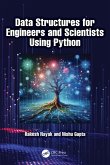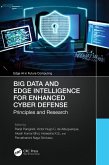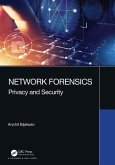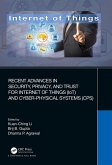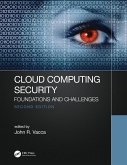Social Cyber Engineering and Advanced Security Algorithms delves into the intricate connections between human behavior, evolving technology, and the ever-changing landscape of cybersecurity. It examines how personal and psychological factors can be exploited in cyberattacks, providing real-world examples and case studies to illustrate these vulnerabilities. Beyond highlighting the challenges, the book offers proactive strategies and potential solutions for organizations and policymakers to navigate this complex terrain. It emphasizes the importance of algorithmic resilience in employee categorization and training and explores the transformative potential of quantum computing in bridging mental health and cybersecurity.
This book serves as a guide for computer scientists, engineers, and professionals interested in understanding the intricate relationship between human behavior, technology, and security in the digital age. It offers a unique perspective on the past, present, and future of social engineering, providing valuable insights for anyone seeking to build a more secure and resilient digital world.
Dieser Download kann aus rechtlichen Gründen nur mit Rechnungsadresse in A, B, BG, CY, CZ, D, DK, EW, E, FIN, F, GR, HR, H, IRL, I, LT, L, LR, M, NL, PL, P, R, S, SLO, SK ausgeliefert werden.




